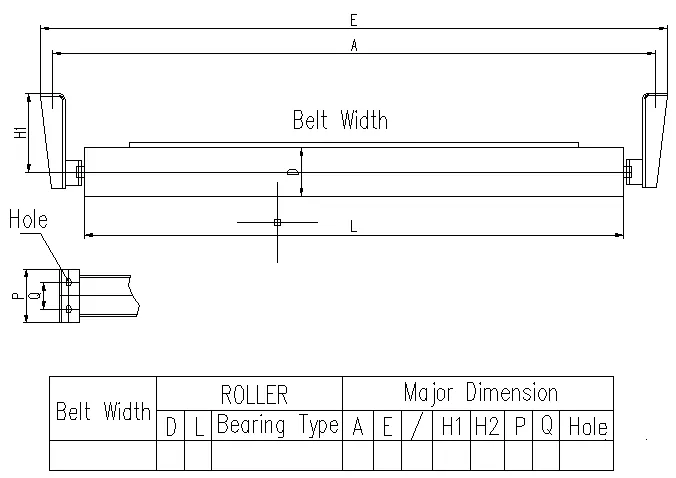 Afrikaans
Afrikaans  Albanian
Albanian  Amharic
Amharic  Arabic
Arabic  Armenian
Armenian  Azerbaijani
Azerbaijani  Basque
Basque  Belarusian
Belarusian  Bengali
Bengali  Bosnian
Bosnian  Bulgarian
Bulgarian  Catalan
Catalan  Cebuano
Cebuano  Corsican
Corsican  Croatian
Croatian  Czech
Czech  Danish
Danish  Dutch
Dutch  English
English  Esperanto
Esperanto  Estonian
Estonian  Finnish
Finnish  French
French  Frisian
Frisian  Galician
Galician  Georgian
Georgian  German
German  Greek
Greek  Gujarati
Gujarati  Haitian Creole
Haitian Creole  hausa
hausa  hawaiian
hawaiian  Hebrew
Hebrew  Hindi
Hindi  Miao
Miao  Hungarian
Hungarian  Icelandic
Icelandic  igbo
igbo  Indonesian
Indonesian  irish
irish  Italian
Italian  Japanese
Japanese  Javanese
Javanese  Kannada
Kannada  kazakh
kazakh  Khmer
Khmer  Rwandese
Rwandese  Korean
Korean  Kurdish
Kurdish  Kyrgyz
Kyrgyz  Lao
Lao  Latin
Latin  Latvian
Latvian  Lithuanian
Lithuanian  Luxembourgish
Luxembourgish  Macedonian
Macedonian  Malgashi
Malgashi  Malay
Malay  Malayalam
Malayalam  Maltese
Maltese  Maori
Maori  Marathi
Marathi  Mongolian
Mongolian  Myanmar
Myanmar  Nepali
Nepali  Norwegian
Norwegian  Norwegian
Norwegian  Occitan
Occitan  Pashto
Pashto  Persian
Persian  Polish
Polish  Portuguese
Portuguese  Punjabi
Punjabi  Romanian
Romanian  Russian
Russian  Samoan
Samoan  Scottish Gaelic
Scottish Gaelic  Serbian
Serbian  Sesotho
Sesotho  Shona
Shona  Sindhi
Sindhi  Sinhala
Sinhala  Slovak
Slovak  Slovenian
Slovenian  Somali
Somali  Spanish
Spanish  Sundanese
Sundanese  Swahili
Swahili  Swedish
Swedish  Tagalog
Tagalog  Tajik
Tajik  Tamil
Tamil  Tatar
Tatar  Telugu
Telugu  Thai
Thai  Turkish
Turkish  Turkmen
Turkmen  Ukrainian
Ukrainian  Urdu
Urdu  Uighur
Uighur  Uzbek
Uzbek  Vietnamese
Vietnamese  Welsh
Welsh  Bantu
Bantu  Yiddish
Yiddish  Yoruba
Yoruba  Zulu
Zulu rollers and idlers
Rollers and Idlers The Unsung Heroes of Material Handling
In the world of material handling, the focus is often on the larger machinery and sophisticated technology that drives production. However, integral to ensuring that these systems function efficiently are the unsung heroes rollers and idlers. These essential components play crucial roles in conveyor systems, facilitating the smooth and efficient movement of goods across various industrial environments.
Rollers are cylindrical components that provide the surface on which materials move. They come in various types, each designed for specific applications. For instance, gravity rollers, powered rollers, and edged rollers serve different needs within a conveyor system. Gravity rollers, often used in manual operations, allow products to flow down an inclined slope, relying on gravity to create movement. Powered rollers, on the other hand, utilize motors to propel items forward, making them ideal for heavier loads or longer distances. Edged rollers are particularly useful in maintaining the alignment of products during transit, reducing the risk of jams and ensuring a reliable flow.
Idlers, while sometimes overlooked, are equally vital. These non-powered rollers support the weight of the conveyor belt and materials, helping to maintain tension and alignment in the system. They are strategically placed at various points along the conveyor path to support the belt and facilitate smooth operation. Idlers reduce friction and wear, prolonging the life of the conveyor and ensuring that maintenance costs are kept to a minimum. By distributing the weight of the materials, idlers also enhance the overall efficiency of the system, promoting a seamless flow of goods.
rollers and idlers

The relationship between rollers and idlers is symbiotic. Rollers enable motion, while idlers ensure stability. Together, they create a dynamic system that is essential for effective material handling. Industries such as manufacturing, logistics, and even food processing rely heavily on the harmonious operation of these components. A breakdown in the roller or idler system can lead to significant downtime and productivity loss, highlighting their importance in day-to-day operations.
Moreover, advancements in technology have also influenced the design and functionality of rollers and idlers. Modern materials, such as lightweight composites and advanced polymers, have emerged to enhance durability and reduce maintenance needs. Additionally, innovations in roller design—like the integration of shock-absorbing features—have further improved their efficiency and longevity.
In conclusion, while rollers and idlers may not be the focal points in the realm of material handling, their contribution cannot be overstated. These components are critical for maintaining a smooth, efficient operation in various industries. As technology continues to advance, the design and functionality of rollers and idlers will undoubtedly evolve, further enhancing their role as the unsung heroes of conveyor systems.
-
Revolutionizing Conveyor Reliability with Advanced Rubber Lagging PulleysNewsJul.22,2025
-
Powering Precision and Durability with Expert Manufacturers of Conveyor ComponentsNewsJul.22,2025
-
Optimizing Conveyor Systems with Advanced Conveyor AccessoriesNewsJul.22,2025
-
Maximize Conveyor Efficiency with Quality Conveyor Idler PulleysNewsJul.22,2025
-
Future-Proof Your Conveyor System with High-Performance Polyurethane RollerNewsJul.22,2025
-
Driving Efficiency Forward with Quality Idlers and RollersNewsJul.22,2025





























